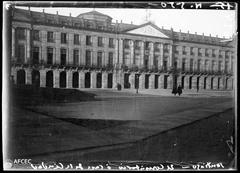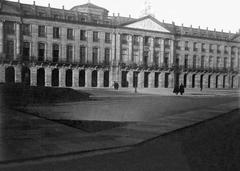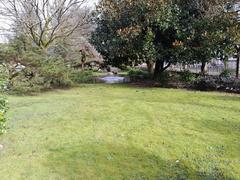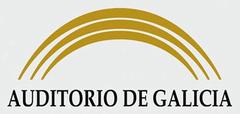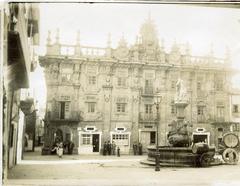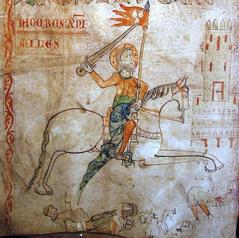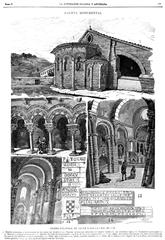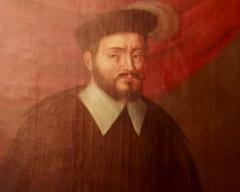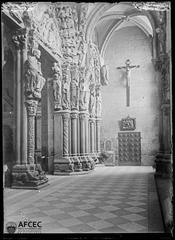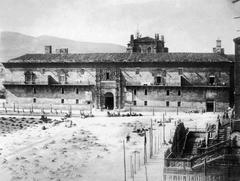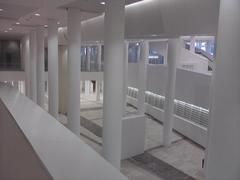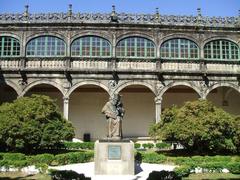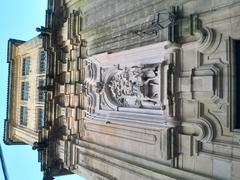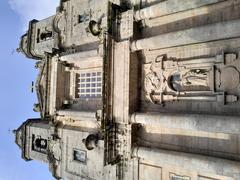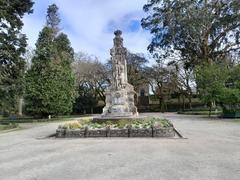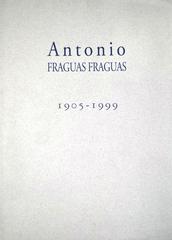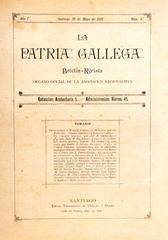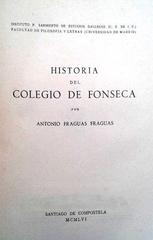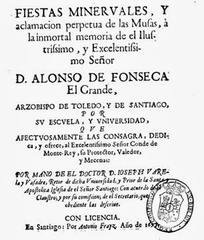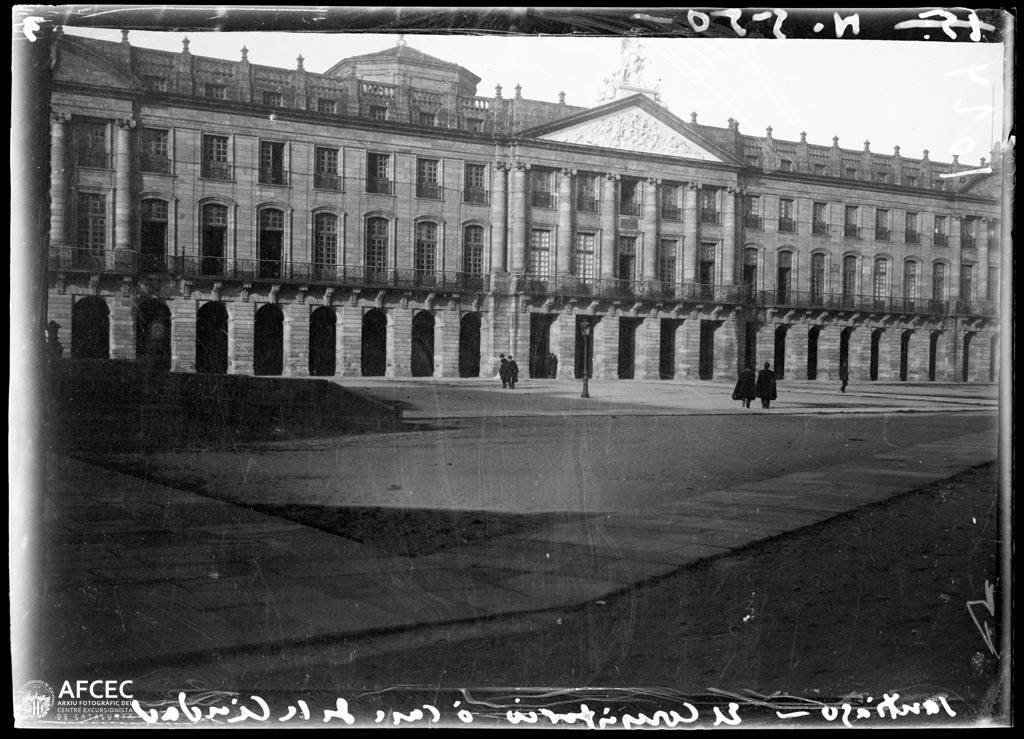
Palacio de Rajoy: Visiting Hours, Tickets, and Guide to Santiago de Compostela’s Historical Sites
Date: 14/06/2025
Introduction
Nestled on the western edge of the iconic Plaza del Obradoiro, the Palacio de Rajoy (Pazo de Raxoi) is one of Santiago de Compostela’s most significant neoclassical monuments. Its impressive granite façade, stately columns, and sculptural depictions of Saint James (Santiago) symbolize the city’s fusion of civic power, religious tradition, and architectural grandeur. Commissioned in the 18th century by Archbishop Bartolomé Rajoy y Losada and designed by French engineer Charles Lemaur, the palace anchors the heart of Santiago’s UNESCO World Heritage historic center. Today, it continues to serve as the seat of both the city hall and the regional government of Galicia, making it a vibrant symbol of civic life and a must-see for visitors to the city.
This comprehensive guide covers the palace’s history, architectural highlights, visitor information, accessibility, nearby attractions, and expert travel tips, ensuring you make the most of your visit to one of Santiago de Compostela’s most iconic landmarks. For official visitor updates, see Santiago Turismo, Spain.info, and Turismo de Galicia.
Table of Contents
- Introduction
- Historical Overview
- Architectural Significance
- Institutional Functions
- Visiting Information
- Nearby Attractions & Suggested Itinerary
- Tips for Visitors
- Events & Special Occasions
- Frequently Asked Questions (FAQ)
- Conclusion
- References
Historical Overview
The Palacio de Rajoy was conceived as a solution to 18th-century disputes between ecclesiastical and civic authorities regarding the city’s western boundary, which previously hosted prisons and remnants of medieval fortifications. Construction began in 1766 under the patronage of Archbishop Rajoy y Losada, with Charles Lemaur’s neoclassical vision shaping the palace’s design. Completed in the early 1770s, it originally housed the city’s council, seminary, and municipal prison, reflecting Santiago’s dual role as a spiritual and administrative center.
The palace’s history is deeply intertwined with the city’s evolution. It has accommodated choirboys, trained priests for the Camino de Santiago’s multinational pilgrims, and served as a site for significant events during the Spanish Civil War. Today, the palace is the home of Santiago’s city hall and the Xunta de Galicia presidency.
Architectural Significance
As a neoclassical masterpiece, the Palacio de Rajoy stands in harmonious contrast to the baroque exuberance of the Cathedral of Santiago de Compostela, directly opposite. Its grand, nearly 90-meter-long granite façade features a colonnaded portico, semicircular arches, and colossal Ionic columns. The central pediment above the main entrance is adorned with a striking marble relief depicting the Battle of Clavijo—a legendary moment in Spanish history—while the equestrian statue of Saint James (Santiago Matamoros) atop the pediment highlights the palace’s religious symbolism.
The French architectural influence is evident in the palace’s symmetry and restrained decoration, inspired by civic buildings like the Capitole de Toulouse. The fine stonework and subtle moldings exemplify Galician craftsmanship and the Enlightenment ideals of order and rationality.
While the interior is generally closed to the public, historical accounts celebrate its grand rococo staircase, elegant ceremonial halls, and original layout designed for educational and administrative purposes.
Institutional Functions
The Palacio de Rajoy remains a vital center of government and culture. It houses:
- Ayuntamiento de Santiago de Compostela (City Hall)
- Presidency of the Xunta de Galicia (Regional Government)
- Consello da Cultura Galega (Galician Council of Culture)
This concentration of civic institutions reinforces the palace’s ongoing role as the administrative and cultural heart of both city and region (queverenelmundo.com).
Visiting Information
Visiting Hours
- Exterior: The palace’s façade can be admired at any time; the Plaza del Obradoiro is open year-round, day and night.
- Interior: As the building is actively used for government purposes, public access to the inside is highly restricted. Occasionally, special events or public exhibitions hosted by the Consello da Cultura Galega may offer limited access.
Tickets & Access
- Tickets: No tickets are required to view the exterior or to enjoy the plaza. Guided walking tours of Santiago often include the palace as a highlight, offering historical context and architectural insights.
- Guided Tours: While you cannot tour the interior, local guides can provide rich storytelling and background about the palace and its surroundings.
Accessibility
- The Plaza del Obradoiro and the palace’s exterior are wheelchair accessible. The flat, open space makes it easy for all visitors to enjoy views and take photographs. For special events inside, contact organizers for specific accessibility arrangements.
Nearby Attractions & Suggested Itinerary
Palacio de Rajoy is surrounded by some of Santiago’s most celebrated sites:
- Cathedral of Santiago de Compostela: Spain’s most famous pilgrimage destination and a marvel of Romanesque, Gothic, and Baroque art (Caminosantiagocompostela.com).
- Hostal dos Reis Católicos: A former royal hospital, now a luxury Parador hotel.
- Colegio de San Jerónimo: A historic university building.
- Monastery of San Martín Pinario: One of Spain’s largest monasteries, a short walk away.
- Casa do Cabildo: A Baroque gem in the nearby Plaza de Platerías.
Suggested Itinerary: Begin at Alameda Park for panoramic city views, then stroll to Plaza del Obradoiro to admire the palace and cathedral. Explore the old town’s labyrinthine streets and enjoy authentic Galician cuisine at local restaurants (Caminosantiagocompostela.com).
Tips for Visitors
- Best Times: Early morning and late afternoon offer the best lighting and fewer crowds for photography.
- Respect Official Functions: The palace is an active government building; please do not block entrances or disrupt activities.
- Join Guided Tours: Enrich your visit with expert commentary about the palace and Santiago’s history.
- Enjoy Local Culture: Try nearby restaurants, visit markets, and experience the city’s vibrant public life.
- Sustainable Tourism: Respect local customs, dispose of waste properly, and support small businesses.
Events & Special Occasions
The Plaza del Obradoiro, with Palacio de Rajoy as its backdrop, is the stage for many of Santiago’s major public events, including:
- Fiestas del Apóstol Santiago (July 25th): Features processions, concerts, and fireworks.
- Holy Years: Special ceremonies at the cathedral and celebrations spill into the plaza.
- Official Ceremonies: The palace’s balconies are used for speeches and festivities during significant civic events (Turismo de Galicia).
Frequently Asked Questions (FAQ)
Can I visit the interior of Palacio de Rajoy?
No, the interior is not generally open to visitors, except for special events or exhibitions.
Are tickets required?
No, there is no fee to see the exterior or enjoy the plaza.
Is Palacio de Rajoy accessible?
Yes, the plaza and building exterior are wheelchair accessible.
Is photography allowed?
Yes, photography of the exterior and the plaza is encouraged.
Are there guided tours?
Many city tours include the palace as a highlight; check with local tourism offices for options.
Conclusion
Palacio de Rajoy is a defining feature of Santiago de Compostela’s historic core, embodying the city’s neoclassical architectural heritage, civic identity, and spiritual tradition. While you cannot enter the palace itself, its majestic façade, central plaza setting, and role in public life make it an essential stop for anyone exploring the city. Combine your visit with the nearby cathedral, Hostal dos Reis Católicos, and the old town’s winding streets for a full experience of Santiago’s cultural riches.
For the latest information on special events, accessibility, and guided tours, refer to Santiago Turismo, Spain.info, and Turismo de Galicia.
References
- Visiting the Palacio de Rajoy in Santiago de Compostela: History, Tickets, and Tips, 2025, Audiala Travel Guide (Santiago Turismo)
- Palacio de Rajoy Visiting Hours, Tickets, and Historical Significance in Santiago de Compostela, 2025, Santiago Turismo (Santiago Turismo)
- Cultural and Civic Importance, 2025, QueVerEnElMundo (queverenelmundo.com)
- Palacio de Rajoy Visiting Hours, Tickets & Guide to Santiago de Compostela’s Historic Landmark, 2025, Spain.info & TripHobo (Spain.info)
Start planning your Santiago de Compostela adventure today! Download the Audiala app for personalized travel tips and real-time updates on the city’s landmarks. Follow us on social media for insider guides and share your #PalacioDeRajoy moments.
